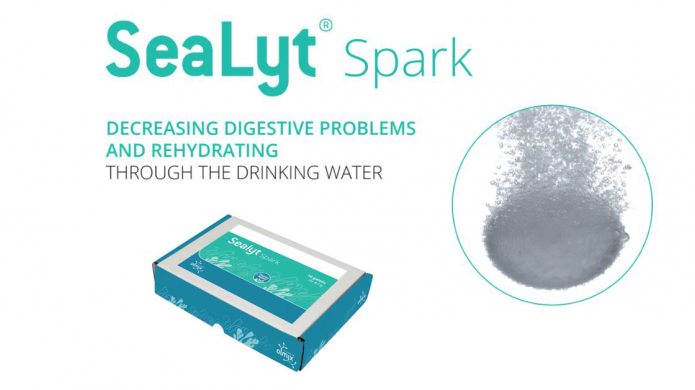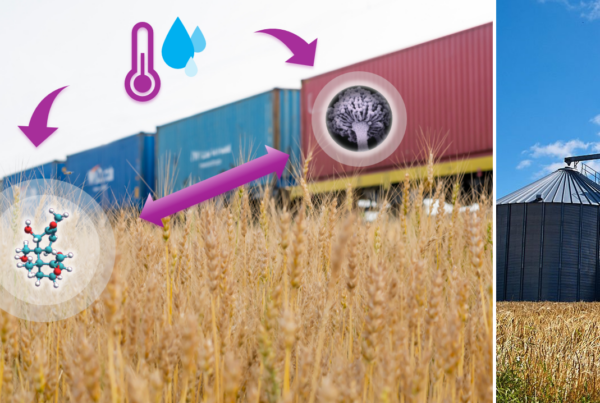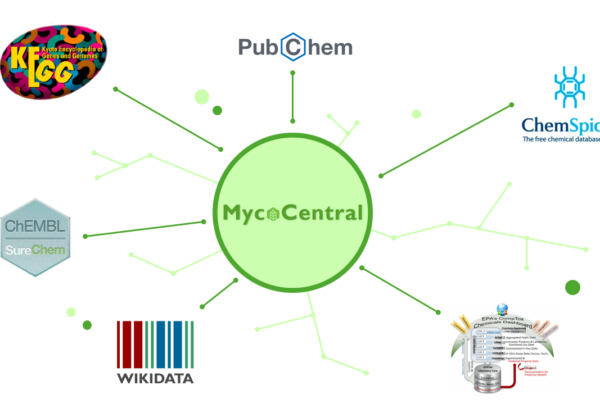The evolution on poultry production resulted in a faster growing broiler and higher feed efficacy onto animal protein. Despite these, a series of metabolic problems have arisen, with heat stress being one of the main ones.
Heat stress mechanism
Heat stress occurs due to the interaction between humidity, temperature, air speed, and the heat of the bird’s metabolism. Birds are ‘heat stressed’ if they have difficulty achieving a balance between body heat production and body heat loss. This can occur at all ages and in all poultry species. The optimum temperature for chick is around 30°C and tend to decrease with age due to the development of feather as for hens & broilers the temperature is between 18-22 °C. The body temperature of layers and broilers is close to 41°C. If body temperature rises more than 4°C above this, the bird will die.
Heat stress impact
Poultry species don’t sweat, they must evacuate the heat via several mechanisms including wing spacing and dilatation of blood vessels particularly the ones on the are with less feathers as under the wings, legs,… in order to redirect blood to the body periphery increasing exchange surface and maximizing heat dissipation.
Birds have an additional mechanism to promote heat exchange between their body and the environment, which are the panting. During heat stress, respiratory frequency can be multiplicated by 5 to 10 times. Air circulation is promoting by the air sac contributing to increases gas exchanges with the air, and consequently, the evaporative loss of heat. Via this phenomenon, animals eliminate more CO2 leading to decrease CO2 blood concentration and increase blood pH (i.e. alkalosis). To limit this alkalinizing, birds have to evacuate bicarbonates associated with electrolytes as potassium (K) and sodium (Na). The urinary excretion of electrolytes negatively impacts electrolytic balance generating organic fluid disbalance and water loss. Consequently, animals get more dehydrated and are not capable to fight against body temperature rise.
In breeders and layers, alkalosis hampers blood bicarbonate availability for eggshell mineralization and induces increased organic acid availability, decreasing free calcium levels in the blood affecting eggshell quality. However, although many studies have attempted to characterize the physiological mechanisms associated to the egg quality decrease in heat stressed birds, there is no definitive knowledge, and several potential pathways are still under investigation, including changes of reproductive hormones levels and of intestinal calcium uptake.

Heat stress affect also the reproductive function of poultry. In females, heat stress can disrupt the normal status of reproductive hormones at the hypothalamus, and at the ovary, leading to reduced systemic levels and functions. Also, negative effects caused by heat stress in males have been shown in different studies. Semen volume, sperm concentration, number of live sperm cells and motility decreased when males were subjected to heat stress.
All of these impaired technical performances of the bird as high mortality, poor weight gain, low percentage of laying and light egg weight (table 1).
Heat stress and gut health
In addition, it has been reported that heat stress negatively affects intestinal development and functions. Heat-stressed animals redistribute blood to the periphery to maximize radiant heat dissipation, while vasoconstriction occurs in the gastrointestinal tract to reprioritize blood flow. Consequently, the reduced blood and nutrient flow to the intestinal epithelium compromises the integrity of the intestinal barrier. On the other hand, feed restriction and fasting also affect the structure of the intestinal mucosa. Feed restriction may induce atrophy of the intestinal mucosa in birds. As such, fasting, even for a limited period, may interfere with intestinal epithelial cell synthesis. The reduction of enterocyte proliferation and growth lead to a reduction in the villi size, the depth of the crypt and the ratio of villus height to crypt depth. These indicate damage to the intestinal epithelium which deteriorates permeability.
The multiplication and activities of other cells may also be impaired during thermal stress as the goblet cells. These cells are responsible of the mucin production, one of the main barriers of the intestine. Mucin is rapidly released on acute stress to reinforce the intestinal barrier. Over a longer period or after an acute stress, however, goblet cell depletion generating a lower production of mucus, decreasing the protective barrier.
SeaLyt® Spark: Helps to manage thermal stress and its side effects
SeaLyt® increases and improves consistency of mucus layer, thus protecting the intestinal epithelium. By maintaining its integrity, the intestinal mucosa becomes an efficient barrier that regulates the absorption of nutrients. In addition, SeaLyt® provides an easily assimilable source of energy, favors the regulation of intestinal transit and enhances the rehydration of the animal. Via its composition, SeaLyt® helps bird facing on thermal stress bringing electrolytes (limiting electrolyte disbalance and water loss) and a specific algae extract called MSP® Mucin.





